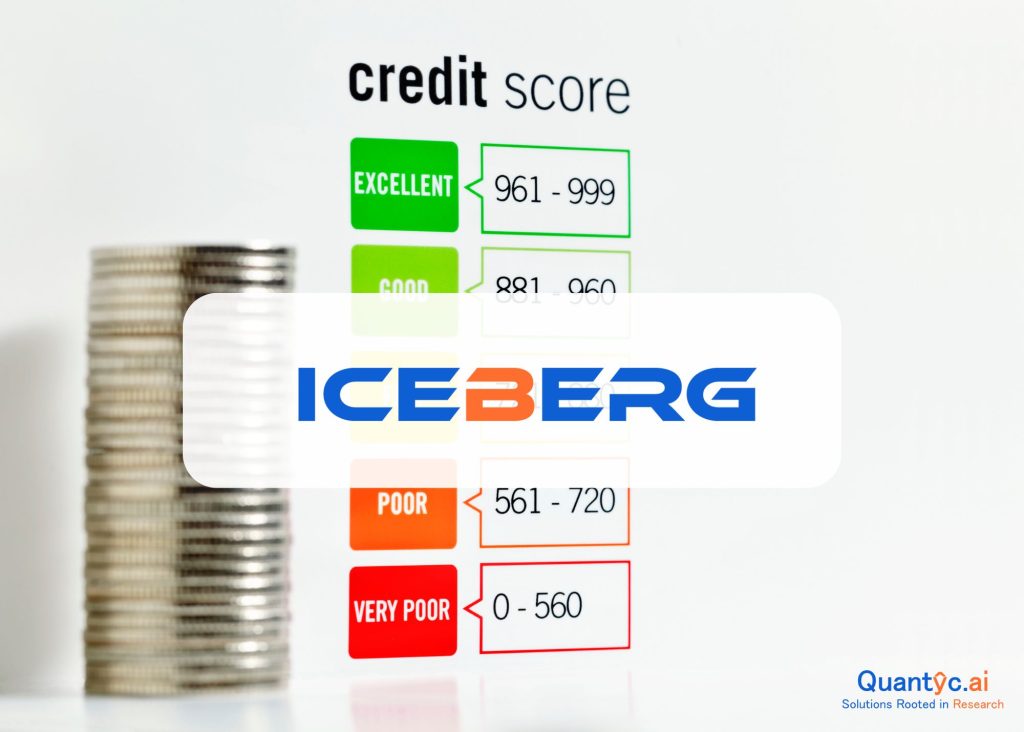In today’s fast-paced financial world, credit scoring is a cornerstone of lending decisions. It’s how lenders evaluate the risk of lending money to borrowers. However, not all credit scoring methods are created equal. In this blog post, we’ll explore the differences between traditional credit scoring approaches and the innovative methods powered by machine learning. Let’s dive into how these methods stack up against each other and why machine learning is revolutionizing the industry.

Traditional Credit Scoring Approaches: The Old Guard
The Basics: Traditional credit scoring models, such as FICO scores, have been the standard for decades. These models rely on a set of predetermined criteria to evaluate a borrower’s creditworthiness. Key factors include payment history, credit utilization, length of credit history, new credit accounts, and types of credit used.
Pros:
- Simplicity: Easy to understand and interpret.
- Standardization: Widely accepted and used by financial institutions globally.
- Predictability: Provides a consistent method for evaluating credit risk.
Cons:
- Limited Data: Often relies on historical data and doesn’t account for non-traditional data sources.
- Static Models: Cannot easily adapt to changing economic conditions or individual financial behaviors.
- Bias: Can inadvertently reinforce existing biases, leading to unfair lending practices.
Credit Scoring with Machine Learning: The Future is Now
The Basics: Machine learning (ML) leverages vast amounts of data and complex algorithms to assess creditworthiness. Unlike traditional models, ML models can analyze a broader range of data points, including non-traditional sources like social media activity, utility payments, and more.
Pros:
- Enhanced Accuracy: By analyzing more data points, ML models can provide a more precise assessment of credit risk.
- Adaptability: ML models can evolve with new data, improving their predictive power over time.
- Inclusivity: Can include data from a wider array of sources, potentially offering credit opportunities to underserved populations.
Cons:
- Complexity: Can be difficult to understand and interpret without specialized knowledge.
- Data Privacy: Raises concerns about the use of personal data and potential privacy breaches.
Implementation Cost: Higher initial setup and ongoing maintenance costs compared to traditional methods
Why Machine Learning is the Game-Changer
1. Data-Driven Decisions: Machine learning models thrive on data. The more data they have, the more accurate they become. This means lenders can make more informed decisions, reducing the risk of default and improving financial outcomes for everyone involved.
2. Personalized Credit Assessment: Traditional credit scores often overlook the unique financial behaviors of individuals. Machine learning can tailor credit assessments to reflect an individual’s specific financial situation, leading to fairer and more personalized lending decisions.
3. Real-Time Updates: In the dynamic world of finance, being able to adapt quickly is crucial. Machine learning models can continuously update and refine themselves with new data, providing real-time insights and keeping up with economic trends and changes in borrower behavior.

Conclusion: Embracing the Future of Credit Scoring
While traditional credit scoring methods have served the financial industry well for many years, the advent of machine learning represents a significant leap forward. By leveraging the power of big data and advanced algorithms, machine learning offers a more accurate, adaptable, and inclusive approach to credit scoring.
At Quantyc.ai, we’re at the forefront of this transformation, bringing innovative credit scoring solutions like our product Iceberg to the financial services industry. Embrace the future with us and discover how machine learning can revolutionize your credit assessment processes.
Stay tuned to our blog for more insights and updates on the cutting edge of financial technology!
#CreditScoring #MachineLearning #FinancialTechnology #FintechInnovation #BigDataFinance #CreditRisk #PredictiveAnalytics #InclusiveFinance #DataDrivenDecisions #FinancialIntelligence #MLinFinance #CreditAssessment #RealTimeUpdates #InnovativeFinance #QuantycAI
I love how this AI app allows me to focus on the creative aspects of image editing, without worrying about tedious background removal.